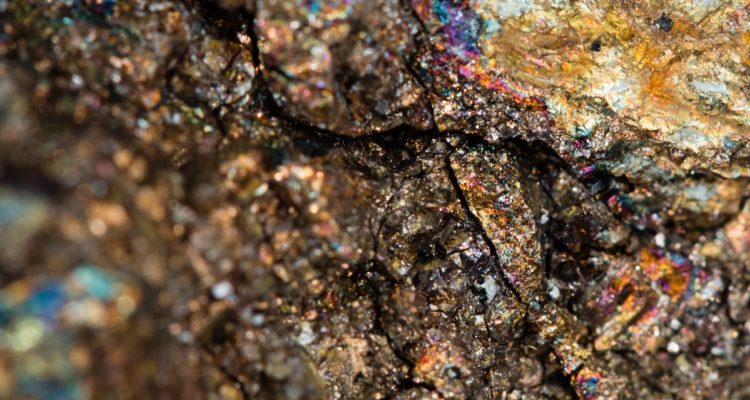Rare Earth Elements (REEs) have been in the news lately and on Thursday, June 3, the Vail Symposium sought to understand why. A panel of experts addressed the most important aspects of REEs: Professor Rod Eggert explained what they were and where they are found; Professor Willy Shih explained the supply chain issues related to REEs and Dr. Ariel Cohen examined the national security implications of REEs.
- Laying the foundation of our understanding of REEs, Eggert explained that they are 15 Lanthanide elements at the bottom of the periodic chart. They have only been used commercially since the 1950s and 1960s.
- Eggert provided a powerful analogy for understanding REEs–they are the spices of modern engineered materials. As in food, where spices comprise a small volume but provide distinctive flavor, REEs provide distinctive features for modern tech such as LED lights, magnets, and catalysts in petroleum.
- REEs are actually found just about everywhere–but in very low concentrations that are not commercially viable. Sixty percent of the world’s REEs are mined in China, with the U.S., Australia, and Myanmar comprising the remainder.
- 80% of REE processing takes place in China. The U.S. ships all REEs to China for processing.
- The process of extracting REEs is energy-intensive and very polluting. The primary steps are separations and conversions.
Shih pointed out that most people do not know about REEs because they are far down on the supply chain where visibility is limited. - China has three major deposits of REEs which create a lot of pollution. There are deposits in China’s south that are not as rich, but extraction would be less environmentally devastating.
- In the U.S., the richest deposits exist in Wyoming, Nebraska and Texas.
- Cohen bluntly assessed that China ate our lunch in strategic minerals, not just REEs. These elements are critical to aeronautics, space, and weapons systems.
- He used the analogy of a national game of Go where the objective is to move into an adversary’s territory, envelope the adversary, and then take as much territory as possible–with respect to REEs and strategic minerals China did just that.
- In addition to China’s domestic REE extraction and processing, China is also acquiring mines and utilities in Africa and South America.
- According to Cohen, one strategy the Chinese employ is to acquire a country’s debt and then seize assets such as ports when the country defaults on the debt as happened to Sri Lanka.
- China has lax environmental standards and cheap labor which makes competing with them on REEs difficult. However, Cohen advocates for the creation of a strategic reserve, similar to the strategic oil reserve created following the OPEC oil embargo of the early 1970s.
- Cohen also suggested the U.S. try to develop a supply chain independent of China with our traditional allies.


